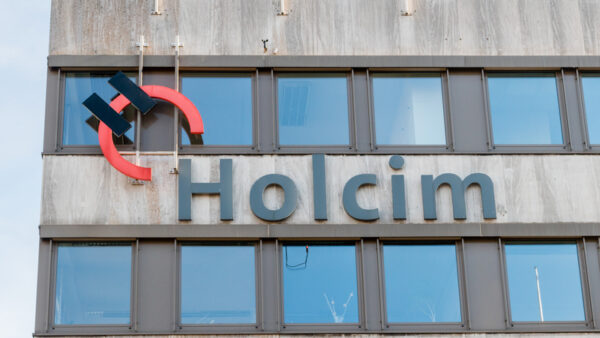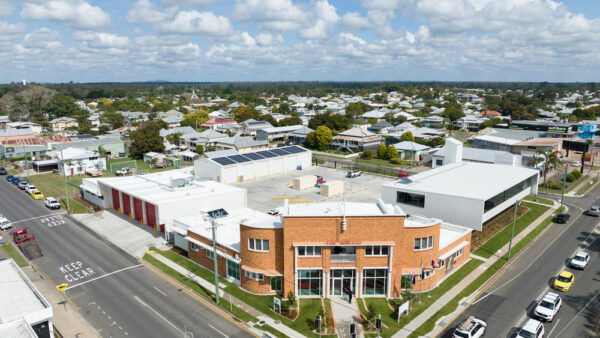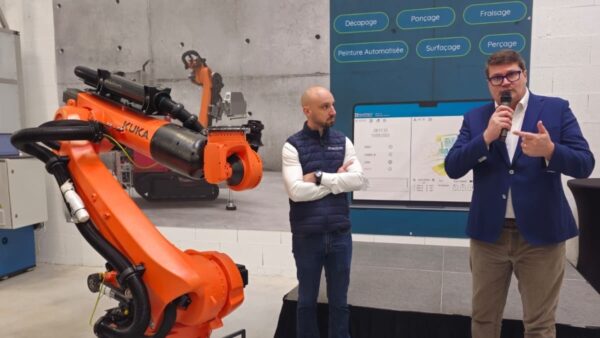The world’s first 3D-printed steel structure, designed by Joris Laarman and developed by Imperial College London and the Alan Turing Institute, has been unveiled in the centre of Amsterdam.
The pedestrian bridge, which was first announced in 2015 (see further reading), was printed by Dutch additive construction specialist MX3D over the Oudezijds Achterburgwal canal in the city’s Red Light District.
According to Imperial, it will be a “living laboratory” owing to a “vast network of installed sensors” that will allow engineers to monitor and analyse the performance of the 12m-long structure as it handles pedestrian traffic.
The data collected will enable researchers to measure the bridge’s health in real time, monitor how it changes over its lifespan and understand how printed steel ages. The data will create a digital twin of the bridge – a computerised version that will imitate the physical bridge with increasing accuracy.
To get from the conceptual stage to the installed footbridge, the Steel Structures group at Imperial tested printed samples and created digital twin computer simulations.
Professor Leroy Gardner of the Department of Civil and Environmental Engineering said: “A 3D-printed metal structure large and strong enough to handle pedestrian traffic has never been constructed before. We have tested and simulated the structure and its components throughout the printing process and upon its completion, and it’s fantastic to see it finally open to the public.”
The testing work was led by Prof Gardner and colleague Craig Buchanan, supported by a team of undergraduate and postgraduate students. The team’s work was predominantly funded by the Alan Turing Institute, based in the British Library, with additional funding from UK Research and Innovation.
Professor Gardner said: “3D printing presents tremendous opportunities to the construction industry, enabling far greater freedom in terms of material properties and shapes. This freedom also brings a range of challenges and will require structural engineers to think in new ways.”
Dr Buchanan said: “For over four years we have been working from the micrometre scale, studying the printed microstructure up to the metre scale, with load testing on the completed bridge. This challenging work has been carried out in our testing laboratories at Imperial, and during the construction process on site in Amsterdam and Enschede, the Netherlands, on the actual printed bridge.”
The Imperial researchers are part of a wider team of structural engineers, mathematicians, computer scientists and statisticians working on The Alan Turing Institute-Lloyd’s Register Foundation programme in data-centric engineering.
The programme is led by Professor Mark Girolami at The Alan Turing Institute. Prof Girolami commented: “3D printing is poised to become a major technology in engineering, and we need to develop appropriate approaches for testing and monitoring to realise its full potential. When we couple 3D printing with digital twin technology, we can then accelerate the infrastructure design process, ensuring that we design optimal and efficient structures with respect to environmental impact, architectural freedom and manufacturing costs.”
The data captured from the bridge will be made available to other researchers worldwide who want to work with the Turing researchers in analysing the data.
Image: The bridge being craned into position (Imperial College London)
Further reading:






